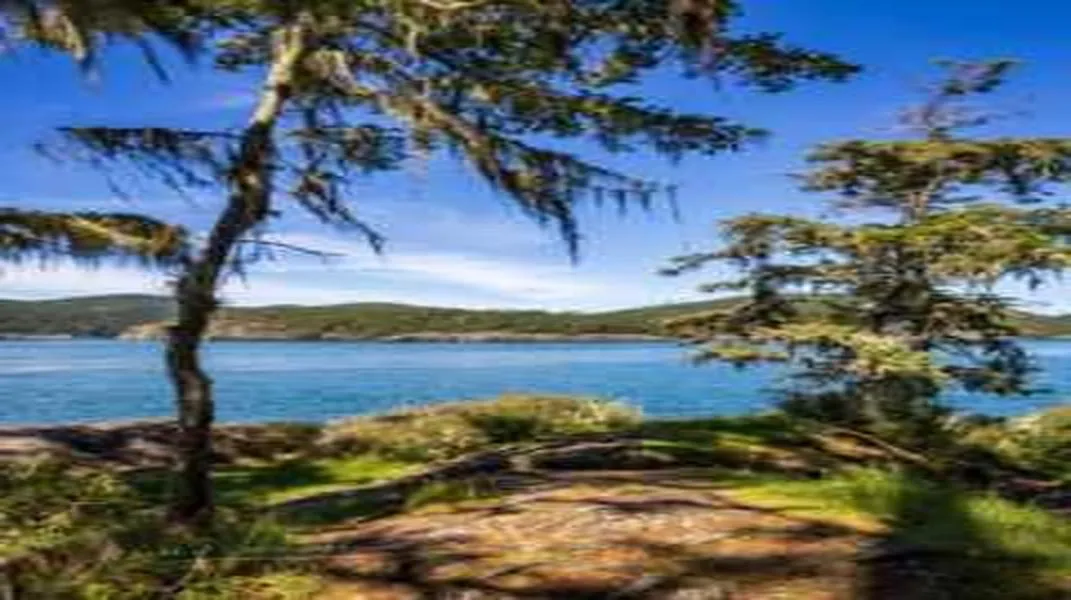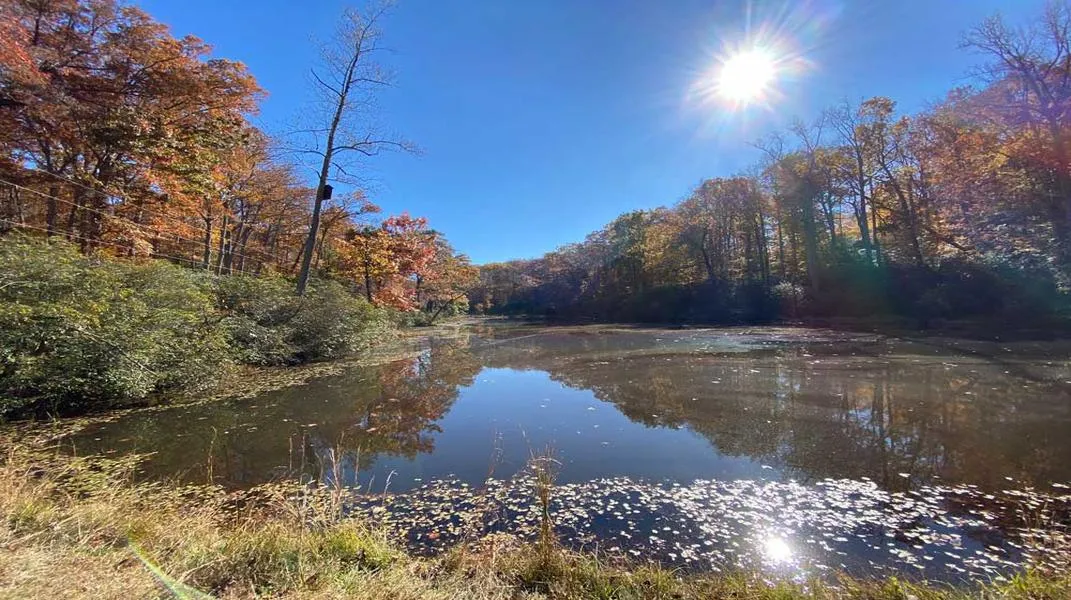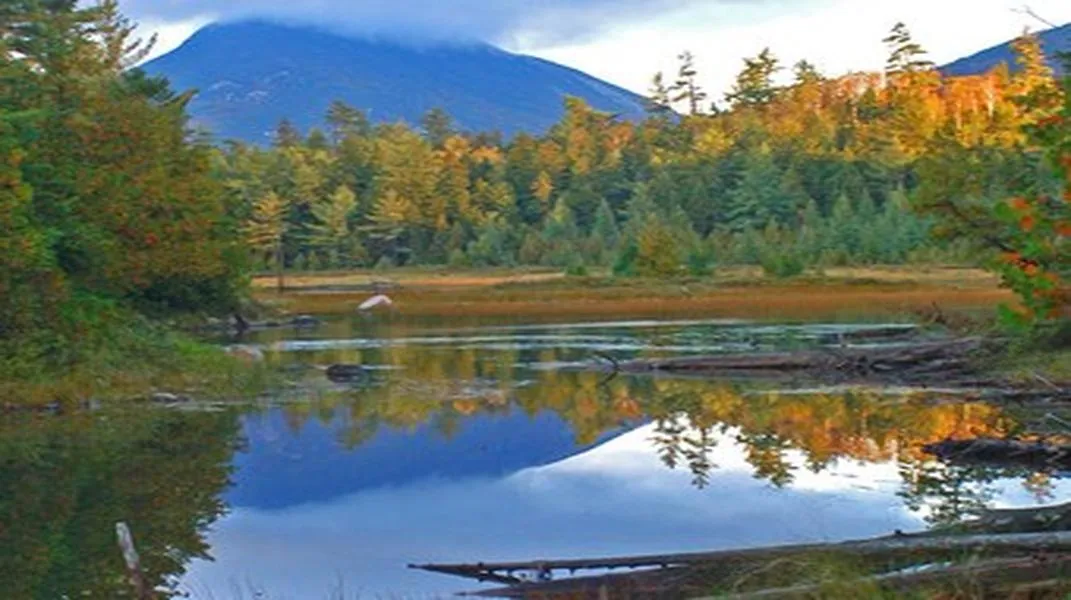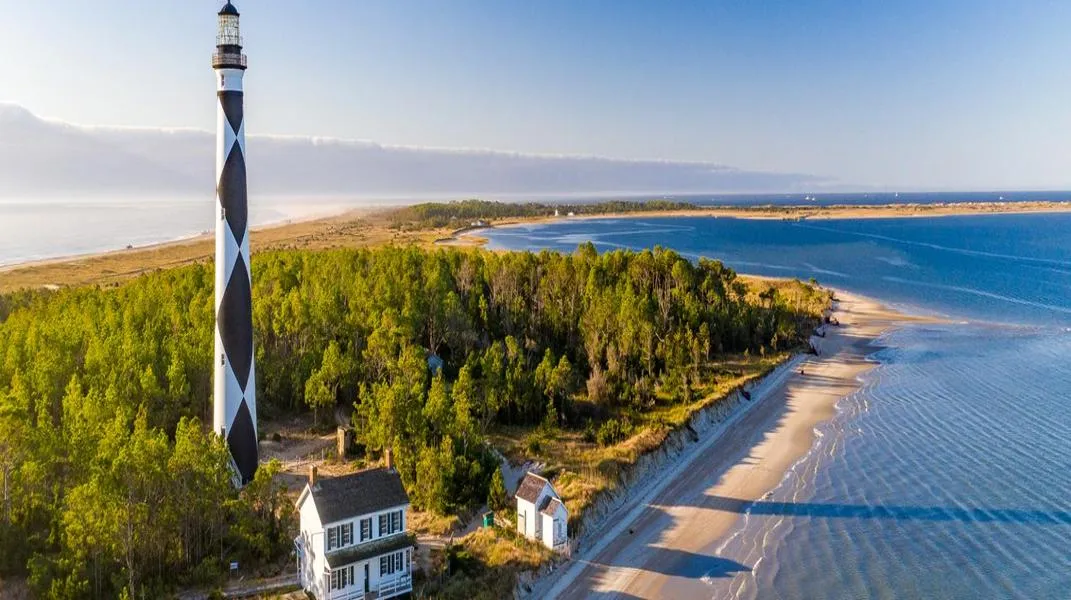Exploring the Majestic Redwood National and State Parks: A Journey Through Nature’s Giants
Nestled along the northern coast of California, the Redwood National and State Parks stand as a testament to nature's grandeur. Home to the tallest trees on Earth, these parks are not only a haven for biodiversity but also a sanctuary for anyone seeking solace in the embrace of ancient giants. The parks encompass over
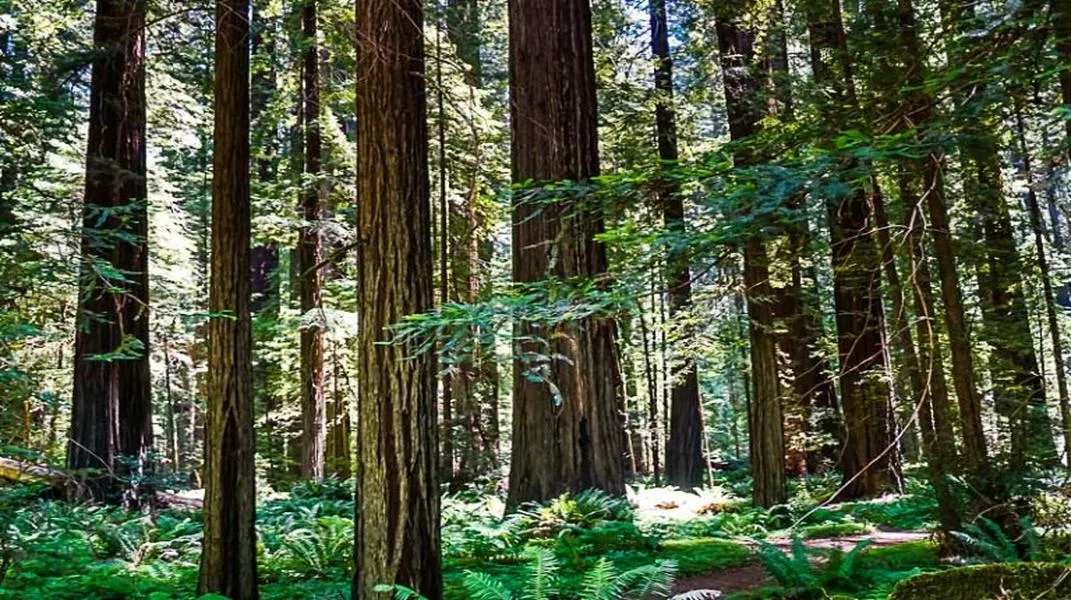
A Brief Overview of Redwood National and State Parks
The Redwood National and State Parks system consists of four parks: Redwood National Park, and three state parks—Jedediah Smith Redwoods State Park, Del Norte Coast Redwoods State Park, and Prairie Creek Redwoods State Park. Established to protect these magnificent trees, the parks also preserve the diverse ecosystems that thrive in their shadows. The area was designated as a national park in 1968, and the combined efforts of state and national park systems have successfully conserved these enchanting landscapes.
The Giant Redwoods: Nature’s Marvels
The redwoods (Sequoiadendron giganteum) are the stars of this natural theater. Some of these trees are over 2,000 years old and can reach heights of over 350 feet. The bark of the redwoods is thick and fibrous, providing them with remarkable resistance to fire, pests, and disease. The distinct reddish-brown color of the bark is a result of tannins, which also act as a natural preservative.
Visitors to the parks can marvel at several iconic groves, including the famous Tall Trees Grove, which is home to some of the tallest trees in the world. The Lady Bird Johnson Grove is another popular spot, offering a serene walking trail surrounded by majestic trees. The ancient ecosystem created by these trees supports a myriad of species, including elk, black bears, and countless bird species, making it a rich area for wildlife observation.
The Coastal Beauty
Beyond the redwoods, the parks feature stunning coastal scenery. The rugged coastline is dotted with scenic viewpoints, sandy beaches, and tide pools teeming with marine life. The scenic drives along the Pacific Coast Highway (California State Route 101) provide breathtaking views of the ocean and the surrounding landscapes.
One of the most popular spots is the Gold Bluffs Beach, where visitors can enjoy beachcombing, picnicking, and even spotting Roosevelt elk grazing in the meadows. The coastal areas are also perfect for hiking, with trails leading to hidden coves and panoramic vistas.
Hiking Trails: A Path to Discovery
With over 200 miles of trails, the Redwood National and State Parks offer a variety of hiking experiences for all skill levels. Here are a few notable trails to consider:
- Tall Trees Grove Trail: A moderate 4-mile round trip, this trail leads visitors through a grove of towering redwoods. The trailhead requires a free permit, which can be obtained at the visitor center.
- Fern Canyon: This easy 1-mile loop takes you through a stunning canyon adorned with lush ferns and moss-covered walls. The canyon was featured in the movie "Jurassic Park II," and its otherworldly beauty is a highlight for many trekkers.
- Stout Grove: A relatively short 0.5-mile loop, this trail provides an intimate experience with some of the largest trees in the park. The grove is particularly beautiful in the morning light, casting ethereal shadows on the forest floor.
- Lost Man Creek Trail: A moderately challenging 5-mile hike that winds through diverse habitats, including old-growth redwoods and lush understory. Along the way, you can spot various wildlife and enjoy the tranquility of the forest.
Wildlife Watching: A Biodiverse Haven
The Redwood National and State Parks are home to an array of wildlife, providing excellent opportunities for nature enthusiasts and wildlife photographers. Among the notable species are:
- Roosevelt Elk: These majestic animals are often spotted in the meadows, especially at the Prairie Creek Redwoods State Park. Early mornings and late afternoons are the best times for viewing.
- Black Bears: While they are more elusive, black bears inhabit the park. Visitors are encouraged to keep a respectful distance and practice bear safety.
- Birdwatching: The parks are a haven for birdwatchers, with species ranging from the endangered marbled murrelet to various songbirds and raptors.
- Salmon and Steelhead: The rivers and streams within the parks are vital habitats for these fish species, particularly during spawning season in the fall and winter.
Preparing for Your Visit
To fully enjoy your experience in Redwood National and State Parks, proper preparation is essential. Here’s a comprehensive guide on what to bring and consider before your visit:
1. Clothing and Footwear
- Layered Clothing: The weather can be unpredictable, with cool temperatures and fog, especially near the coast. Dress in layers to adapt to changing conditions.
- Sturdy Hiking Boots: Comfortable and durable footwear is critical for navigating the park’s trails, which can be uneven and muddy.
- Rain Gear: Depending on the season, rain can be expected, so bring a waterproof jacket or poncho.
- Sun Protection: Even on cloudy days, UV rays can penetrate, so consider wearing sunscreen and a hat.
2. Backpack Essentials
- Water: Stay hydrated by carrying at least two liters of water per person, especially if you plan on hiking.
- Snacks: Pack energy-rich snacks like nuts, granola bars, or fruit to keep your energy up during hikes.
- First Aid Kit: A basic first aid kit is essential for treating minor injuries or ailments.
- Navigation Tools: While many trails are well-marked, a map or GPS device can help you stay oriented.
3. Safety Gear
- Bear Spray: Though bear encounters are rare, it’s a good idea to carry bear spray when hiking in areas where bears are known to roam.
- Flashlight/Headlamp: If you plan to hike early in the morning or late in the evening, a flashlight will be beneficial.
- Whistle: A whistle can be a crucial safety tool in case you need to signal for help.
4. Camping Gear (if applicable)
For those interested in camping within the parks, several campgrounds are available, including:
- Jedediah Smith Campground: Nestled among towering redwoods, this campground offers a unique experience surrounded by nature.
- Elk Prairie Campground: Located in Prairie Creek Redwoods State Park, the campground is a great base for exploring the area, with opportunities for elk watching.
- Reservation and Fees: Be sure to check availability and make reservations in advance, especially during peak season.
Best Times to Visit
While the parks are open year-round, the best time to visit is during the spring (April to June) and fall (September to November) when the weather is mild, and the crowds are smaller. Summer can be busy, especially in July and August, but it’s also a great time for coastal exploration.
Conclusion
Redwood National and State Parks offer an unforgettable experience that connects visitors to nature in profound ways. Walking among ancient giants, exploring lush forests, and enjoying stunning coastal vistas create lasting memories and a deep appreciation for the natural world. By preparing adequately, visitors can ensure a safe and enriching experience in this remarkable landscape. Whether you are an avid hiker, a wildlife enthusiast, or just seeking tranquility, the parks promise to inspire and rejuvenate the spirit, reminding us of the beauty and resilience of nature. So pack your bags, lace up your hiking boots, and set off on an adventure to discover the wonders of Redwood National and State Parks.

